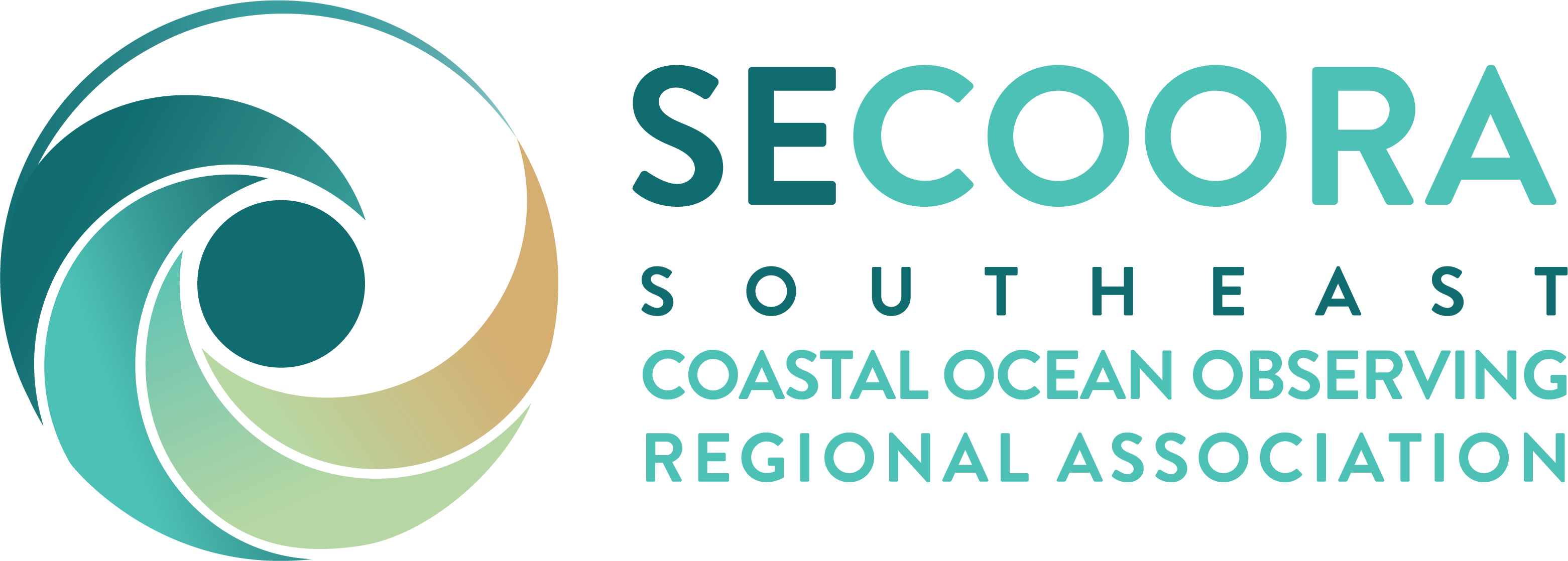Shoreline Change
Project Overview
WebCOOS Principal Investigator Dr. Joe Long from University of North Carolina Wilmington is using videos collected from the webcam network to develop automated algorithms that detect maximum total water levels (MTWL) along open coast beaches. Identifying the time-varying shoreline from videos collected by the webcam network can be used to monitor the impacts of surge and waves during storm events. When tracked over months of time, shorelines identified during non-storm time periods can be used to identify the increasing or decreasing trends in beach width for coastal communities.
During storm events the combination of tides, surge and wave runup can elevate water levels long coastal areas and impact buildings and transportation routes and erode or overwash protective sand dunes. The timing, duration, and frequency of these water levels impacts is important 1)At each site, the beach width (in units of pixels) during calm conditions will be determined using existing webcam archives. The location of the dune base will also be identified. MTWL isd being identified from the videos in real-time and compared to these predefined metrics. For instance, the location of MTWL is used to determine the time and duration of events that limit the beach width by 25%, 50%, or 75%. Similarly, the MTWL will be compared to the location of the dune base to detect the timing and duration of hazardous dune erosion events.
Why this Matters
The location of maximum total water levels (MTWL) are influenced by the combination of tides, surge, and wave runup. The extent of MTWL can both limit the availability of beach accommodation space (e.g., for beach users or ecosystems) and, if extreme enough, cause erosion of the primary dunes. Elevated levels of wave runup occur during large storm events when beach visitation may be low or dune erosion expected, but also occur frequently when large waves approach the coast from distant offshore storms or when moderate waves coincide with abnormally high tides. In these instances, in particular, water levels are required to inform emergency management professionals, forecasters, and local municipalities who may have infrastructure at risk. While important for real-time situational awareness and validation of coastal hazard models, these metrics can be archived and used to assess trends in both beach availability and occurrences of dune erosion.
Products
Product Types
- Brightest pixel
- Time averaged image
- Shoreline position
- Wave run-up impacts
- Trends: Changes in beach width by camera yearly
Rip Current Detection
Used to inform public of rip current dangers and issue alerts to lifeguards.
Read moreShoreline change
Used to identify potential dune erosion or overwash events, infrastructure risk, and limitations to beach access.
Read moreAutomated Beach Usage Detection
Provides information to coastal managers on how busy a location is during different times of the day, season, or year for planning purposes.
Read moreFlood Monitoring
Helps to document flooding impacts and provide realtime alerts for local communities.
Read more